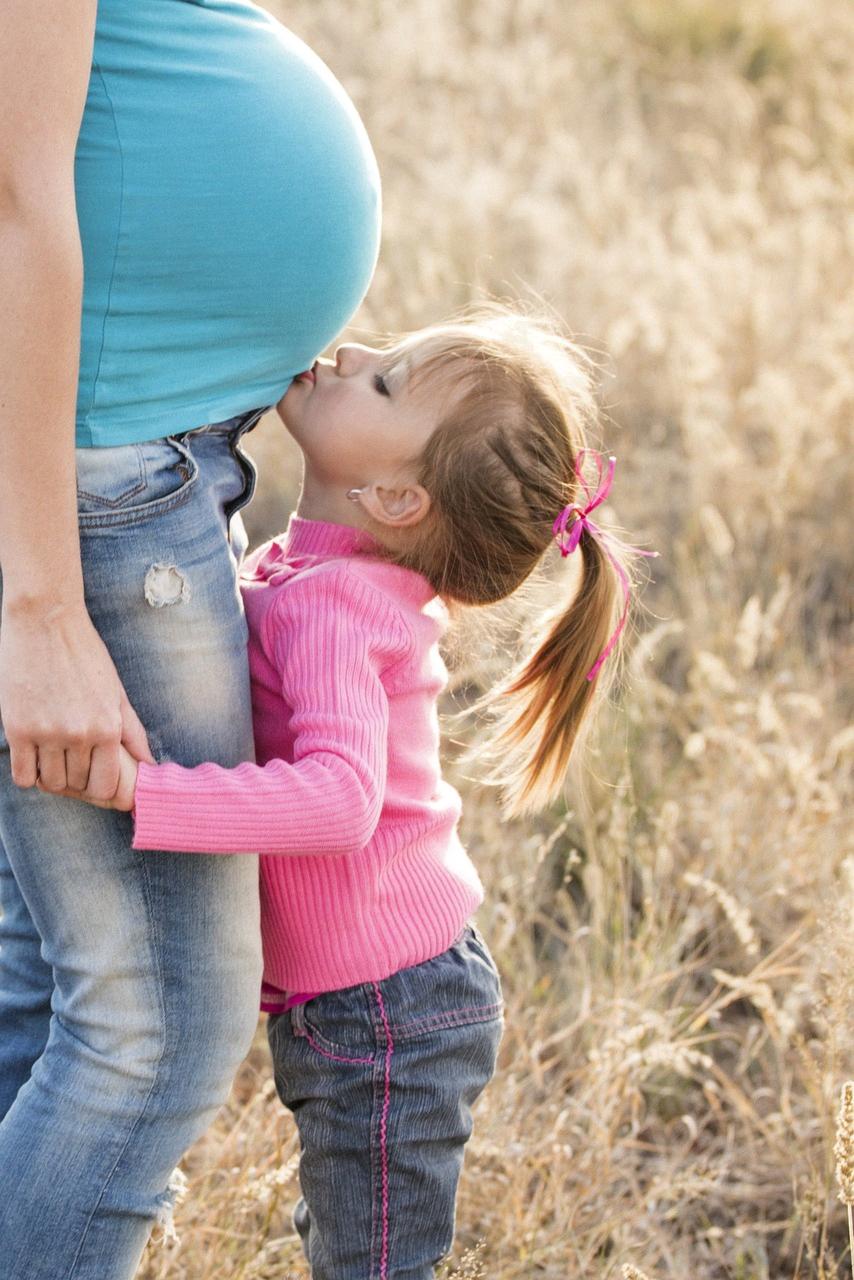Group B Streptococcus (GBS) is a type of bacteria that is commonly found in the vagina and rectum of women. It is estimated that about 1 in 4 women carry GBS at any given time, without experiencing any symptoms.
Transmission of Group B Streptococcus
Group B Strep is typically spread through direct contact. This means that GBS can be passed from one person to another through activities like hand holding, kissing, or close physical contact. It is important to note that GBS is not considered a sexually transmitted disease, but it can be transmitted during sexual activity.
Risk Factors for Group B Strep
While anyone can carry GBS, there are certain factors that can increase the risk of a woman becoming Strep B positive. These risk factors may include being pregnant, having previously given birth to a baby with GBS infection, or having a urinary tract infection caused by GBS.
Vertical Transmission
One of the primary ways in which a woman can become Strep B positive is through vertical transmission. This occurs when a mother carrying GBS passes the bacteria to her baby during childbirth. Babies can come into contact with GBS in the birth canal or through other means during delivery.
Colonization of the Vagina and Rectum
Since GBS is commonly found in the vagina and rectum, women may become Strep B positive through colonization of these areas. The bacteria can easily spread to other parts of the body, increasing the likelihood of infection or transmission to others.
Compromised Immune System
Women with weakened immune systems are at a higher risk of becoming Strep B positive. Conditions such as diabetes, HIV/AIDS, or undergoing chemotherapy can compromise the immune system, making it easier for GBS to thrive in the body.
Medical Procedures
Certain medical procedures can also increase the risk of a woman becoming Strep B positive. For example, women who undergo invasive procedures like an amniocentesis or cervical cerclage may be at a higher risk of GBS colonization or infection.
Preventive Measures
To prevent Strep B positivity, pregnant women are often screened for GBS during prenatal care. If GBS is detected, antibiotics may be administered during labor to reduce the risk of transmission to the newborn.
Symptoms of Group B Strep
While many women who carry GBS are asymptomatic, some may experience symptoms such as urinary tract infections, vaginal infections, or even serious infections like meningitis or sepsis in rare cases.
Treatment for Group B Strep
If a woman tests positive for Strep B, treatment typically involves the administration of antibiotics to prevent the transmission of GBS to the baby during childbirth. Antibiotics may also be prescribed if symptoms of GBS infection develop.
Monitoring and Follow-Up
Women who have tested positive for GBS should be monitored closely during pregnancy to ensure that appropriate measures are taken to prevent transmission to the newborn. It is important to follow medical advice and attend all recommended prenatal appointments.
Conclusion
In conclusion, becoming Strep B positive can occur through various means, including vertical transmission during childbirth, colonization of the vagina and rectum, presence of risk factors, or compromised immune system. It is crucial for pregnant women to undergo screening for GBS and follow medical recommendations to ensure the health and well-being of both mother and baby.

